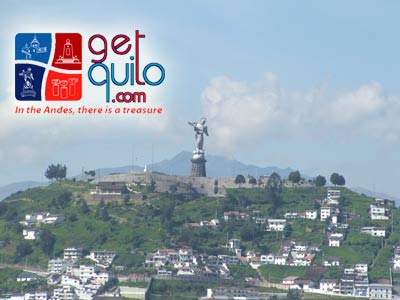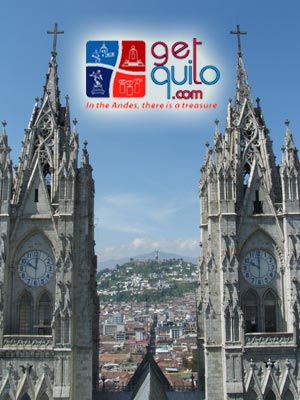|
In the Yavirac, the aborigines built an extensive road ritual torn around its skirts to elevate in spiral and organized in processions to a temple platform located in its top, layout that is the same one of the present street Aymerich adapted to the present demands.

Those works show that the Yavirac was interpreted as a gigantic pyramid, a gigantic and expressive sacred, austere, majestic and imposing volume. Its size as such is unique in the globe and, therefore, deserves fully to be rescued and exalted.
As Cultural Patrimony of the Humanity, Quito has collected a numerous group of architectural and cultural attractions that become an authentic treasure in the Andes. The great extension of their equivalent colonial helmet to 188 apples of houses of the colonial period with averages from among 100 to 300 years of antiquity they do of Quito an incomparable city to discover it in their colonial architecture
Quito has just in a single street 7 crossings and equal number of catholic temples, fruit that the old culture of the “KITO CARAS” that inhabited in the zone and the subsequent conquerors built 7 churches to eliminate the not catholic worships.
This does of the historic center a destiny to visit in Quito, the churches of the historic center in the city, they were built on native settlements that had great connection with the astronomical observation, by which during the solsticios of summer each year can be observed you do of sunlight that they illuminate very specific points in churches as the company of Jesus, the Cathedral of Quito, the church of San Agustin and others..
The distribution of the ornaments inside the churches and its establishment in the land was developed so that these natural events could be given to help catholic religion to be imposse to the native communities.
The temples created during the colony are you authenticate so much jewels by their wealth as by the laborious action of artists that created the baroque colonial but intense and better preserved of Latin America, these artists formed the call School Quiteña, converting these churches in real museums, some of these skillful artists they were Manuel Chili, more known like Caspicara; Miguel of Santiago, Nicolas Javier of Goríbar, Manuel Samaniego, José Elms and Bernardo Of Legarda.
|



